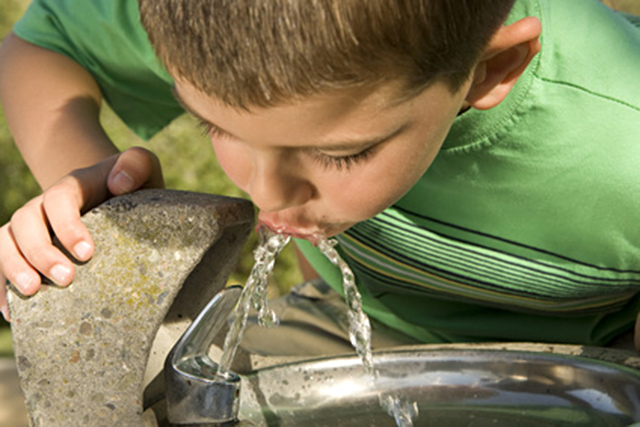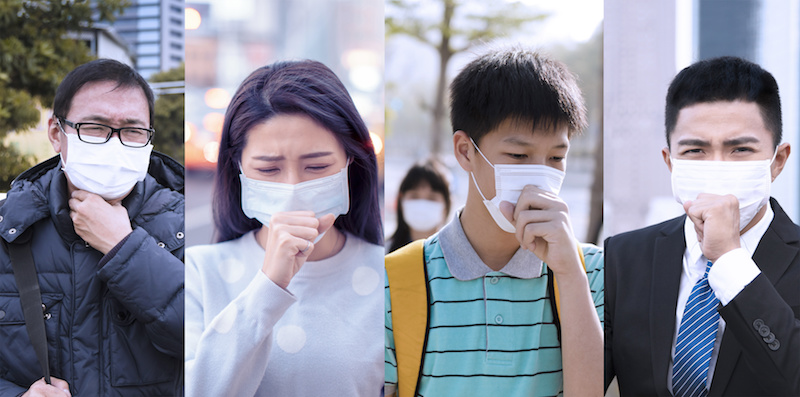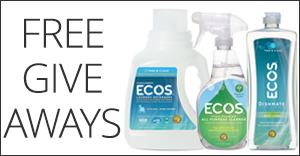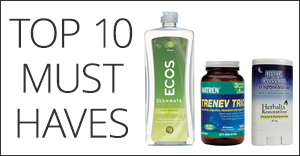Before bottled water was created, drinking fountains were a staple in American communities. When first introduced, they were considered a symbol of prosperity and a sign of the technological advances needed to provide clean drinking water to citizens.
Nowadays, drinking fountains are few and far between. “Water fountains have been disappearing from public spaces throughout the country over the last few decades,” said Nancy Stoner, an administrator in the Environmental Protection Agency’s water office.
There are two mains reasons why drinking fountains are disappearing. One is the concern over the cleanliness of the water. The other reason is the fact that the fountain is accessible to many people, some of which could be carrying germs. So are drinking fountains safe?
“The answer depends on several factors, including where you actually touch the fountain,” says Dr. Joseph Mercola, a leading health expert and physician.
[pullquote align=”full” cite=”” link=”” color=”#228B22″ class=”” size=”17″]“Most drinking fountains dispense water in an arc, which means any bacteria present at the spigot should theoretically be rinsed away. This is why it’s a good idea to let the water run a second or two before you take a drink,” Mercola adds.[/pullquote]
NBC 9 News in Colorado investigated water fountains at the State Capitol, the Denver Public Library, and a bus terminal in Denver. Each fountain had different levels of bacteria, and the bus station was the worst. The bacteria found at the bus station had potential to cause illness.
The library fountain had high levels of bacteria, most likely due to it not being cleaned often. The State Capital had almost no bacteria, because it was cleaned often. Water fountain handles were found to be the most contaminated. The basins were also contaminated, because they are often wet and make a perfect environmental for bacteria.
Dr. Mercola recommends the following tips when using drinking fountains:
• Let the water run for a few seconds before taking a drink
• Don’t put your mouth on the spigot or any other fountain surface
• Don’t touch the basin or the rim (and don’t let your kids touch it either)
• Wash your hands after touching the handle
Drinking fountain water is often the same as tap water. To avoid having to drink public water, carry your own filtered water in a BPA free bottle, and avoid plastic disposable water bottles.
Note: None of the information in our website is intended to diagnose, treat, cure or prevent any illness or disease. The content on our website is for educational purposes only.
DON’T FORGET to sign up for our weekly newsletter to get our latest articles, updates, free recipes and giveaways.
10 reasons to drink more filtered water.
U.S. government recommends less fluoride in water.
Are you drinking enough water?
REFERENCES:
1. “What Diseases Can You Catch from a Drinking Fountain?” Mercola.com. Mercola.com, n.d. Web. 02 Oct. 2015.
2. “We Don’t Trust Drinking Fountains Anymore, and That’s Bad for Our Health.” Washington Post. The Washington Post, n.d. Web. 02 Oct. 2015.
3. “Bring Back The Water Fountain.” REN21+. REN21+, n.d. Web. 02 Oct. 2015.
4. “How Dirty Is That Drinking Fountain? 9NEWS Puts Them to the Test.” 9news.com. 9news.com, n.d. Web. 02 Oct. 2015.
5. “Prevalence of Rotavirus on High-Risk Fomites in Day-Care Facilities.” Pediatrics. American Academy of Pediatrics, n.d. Web. 02 Oct. 2015.

















